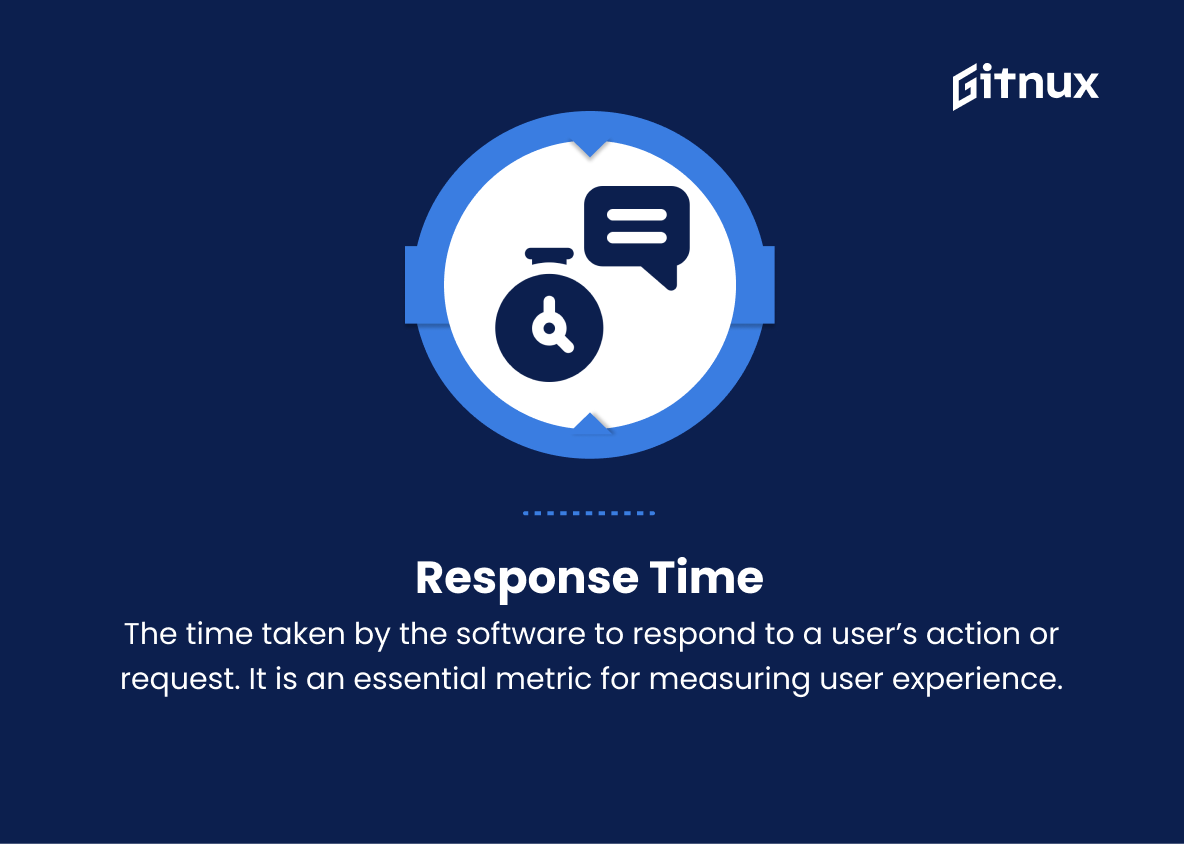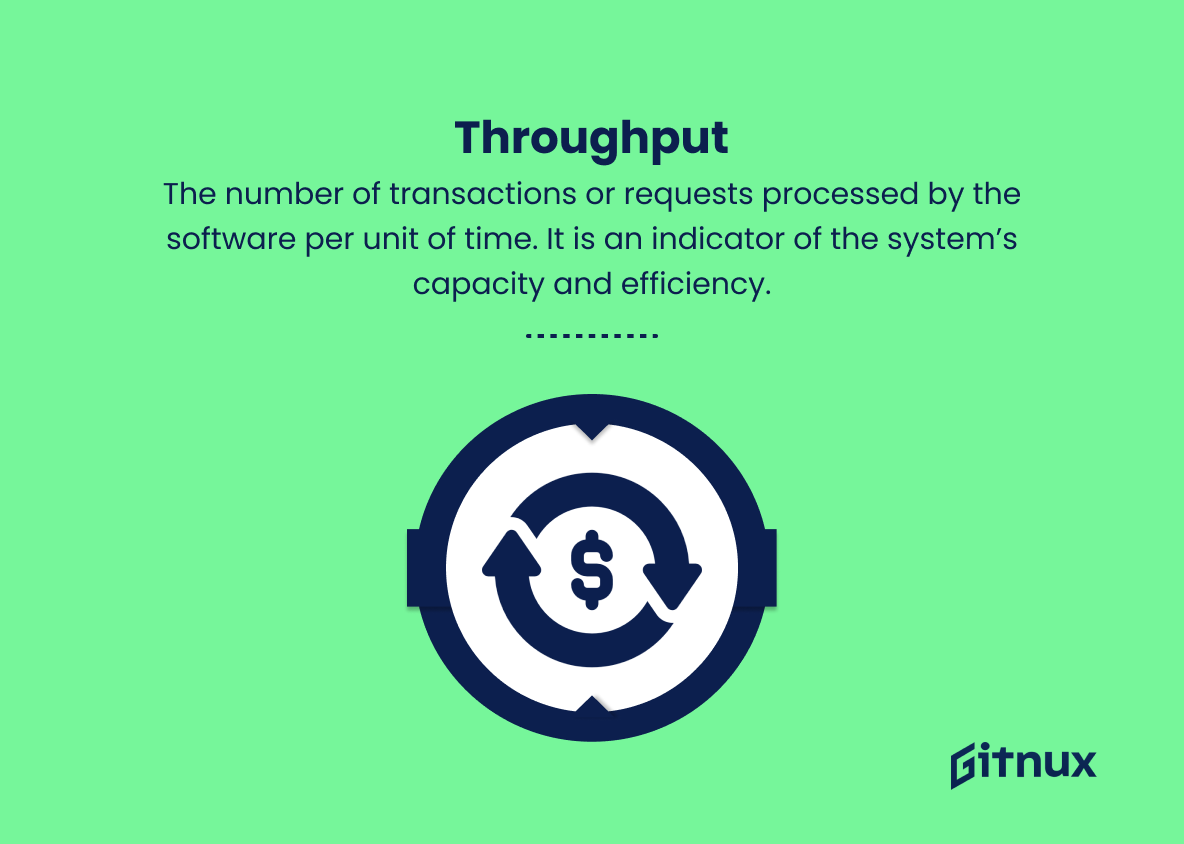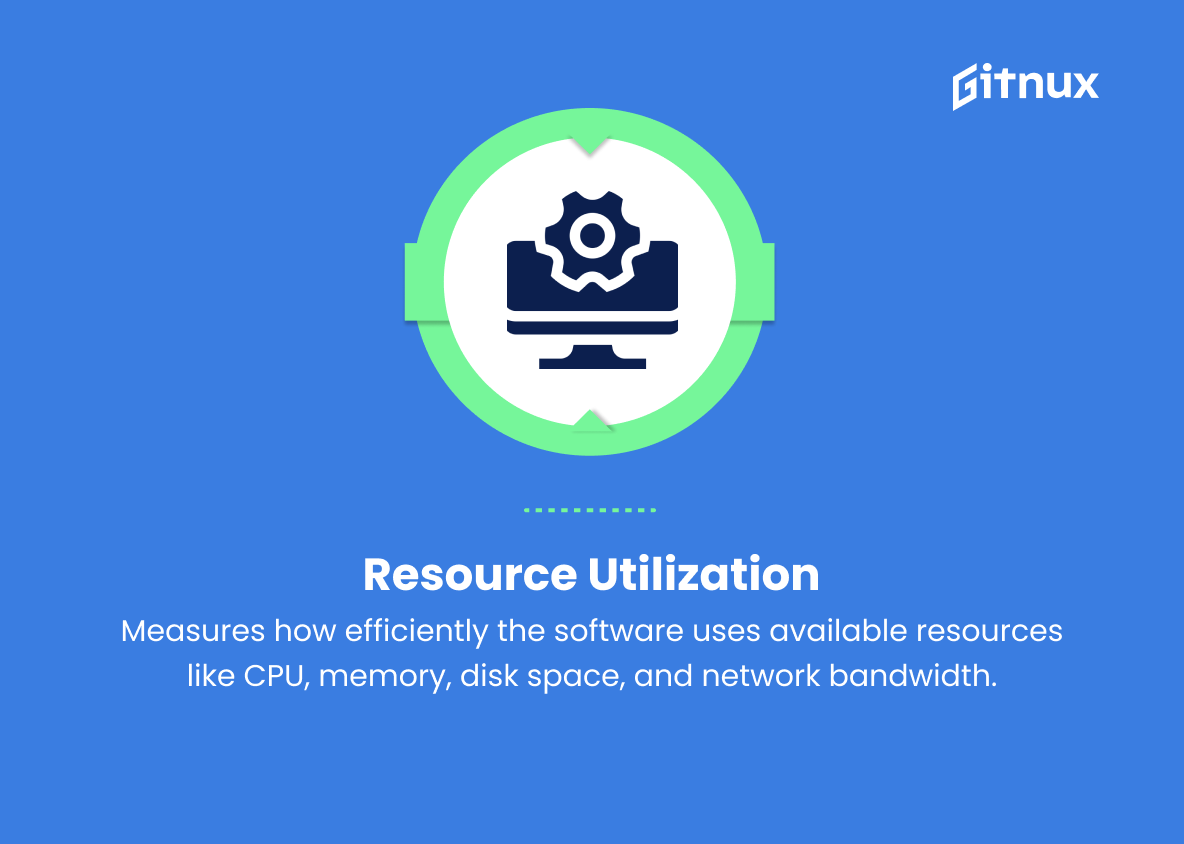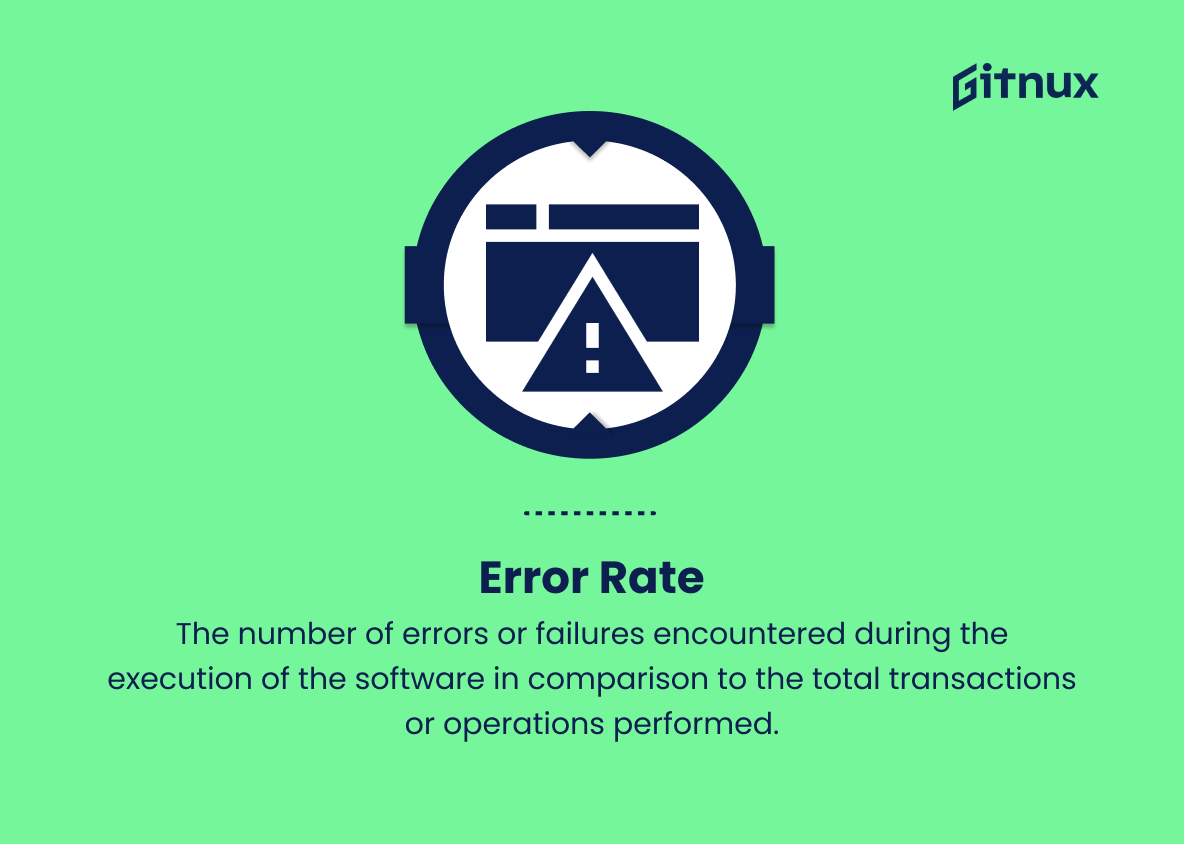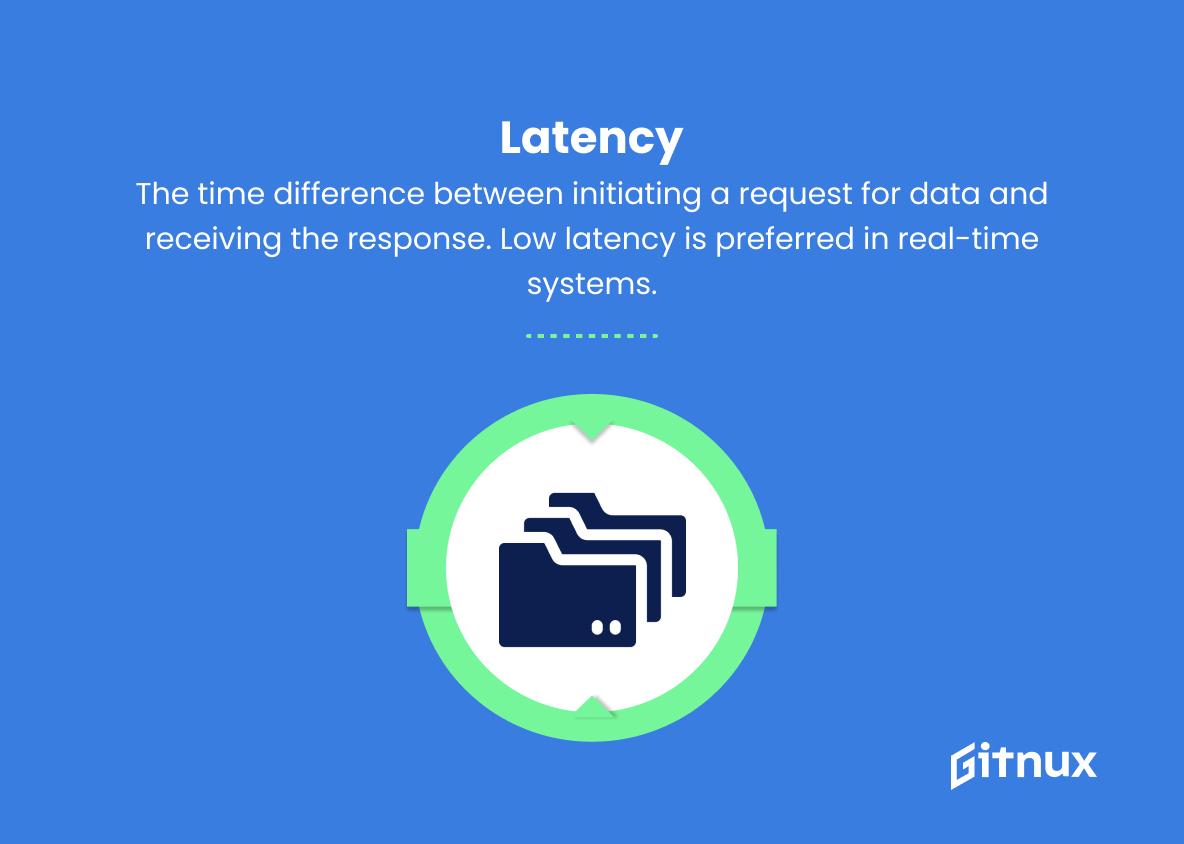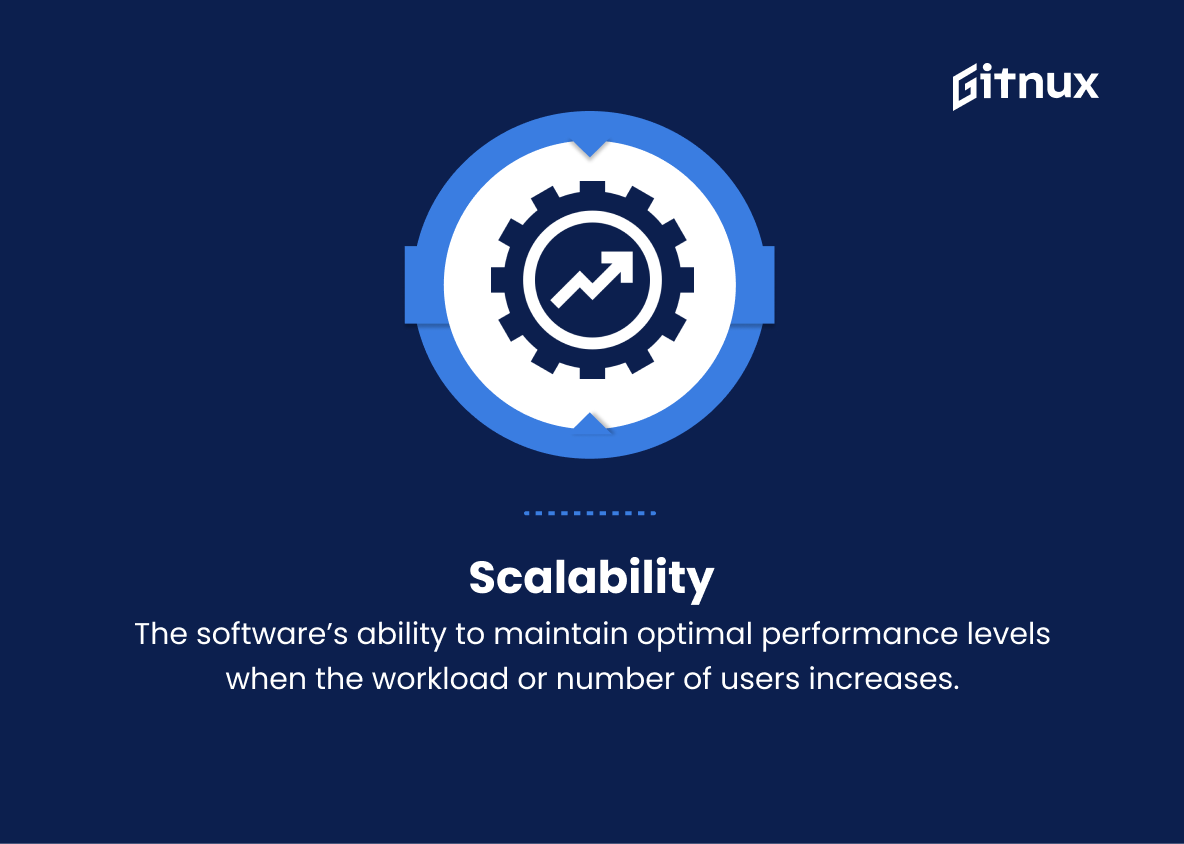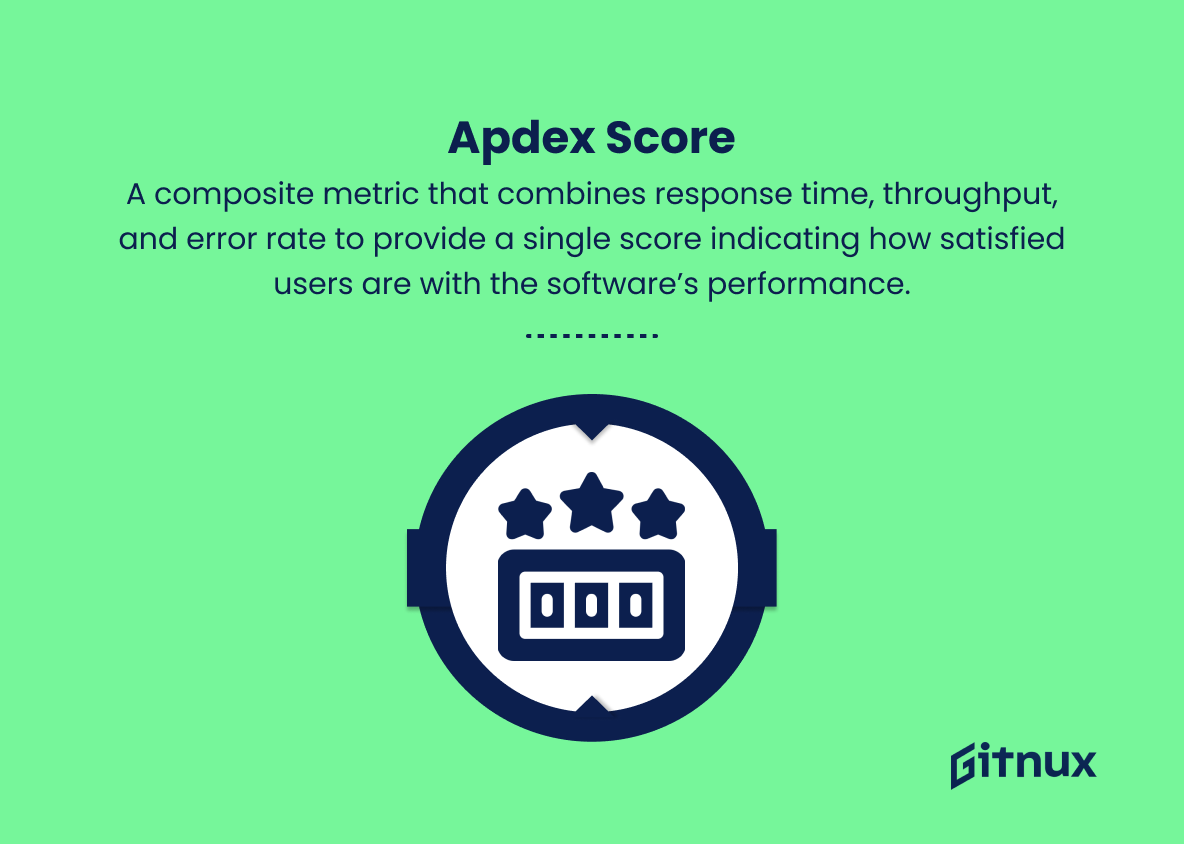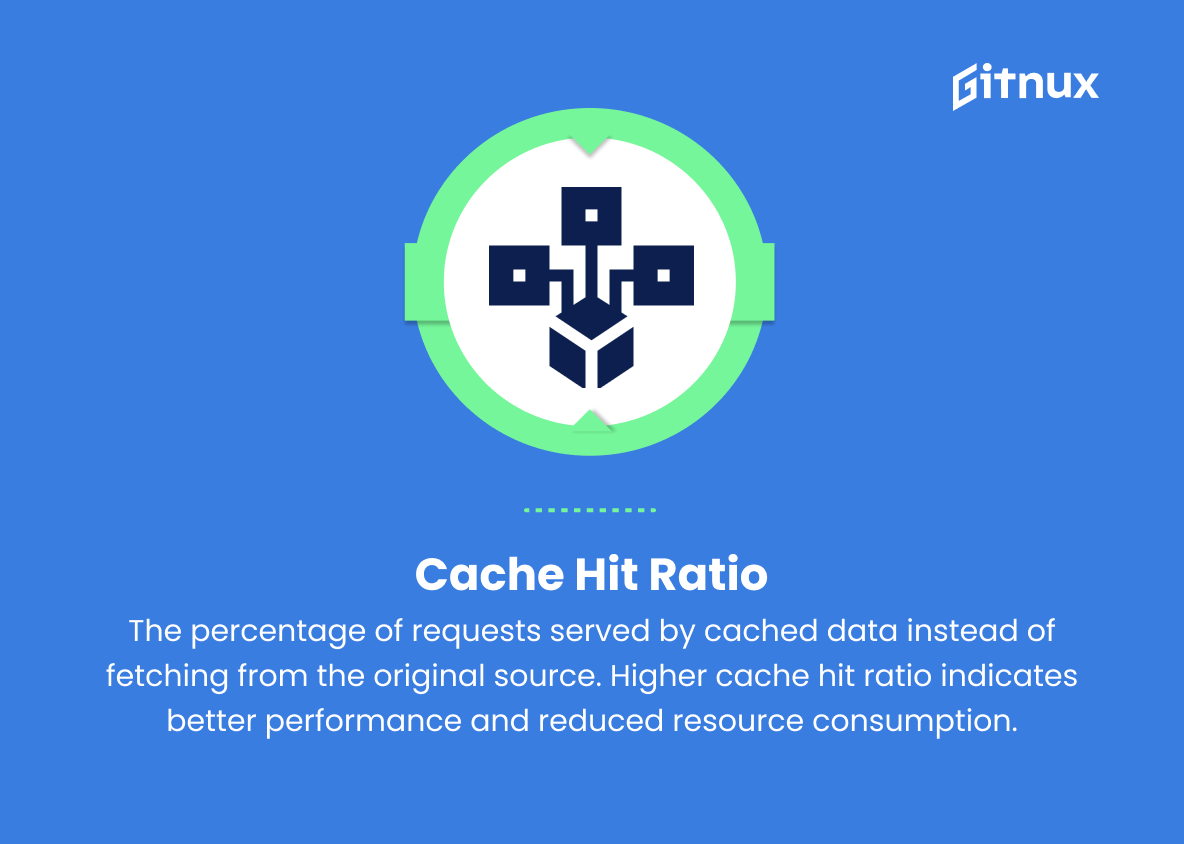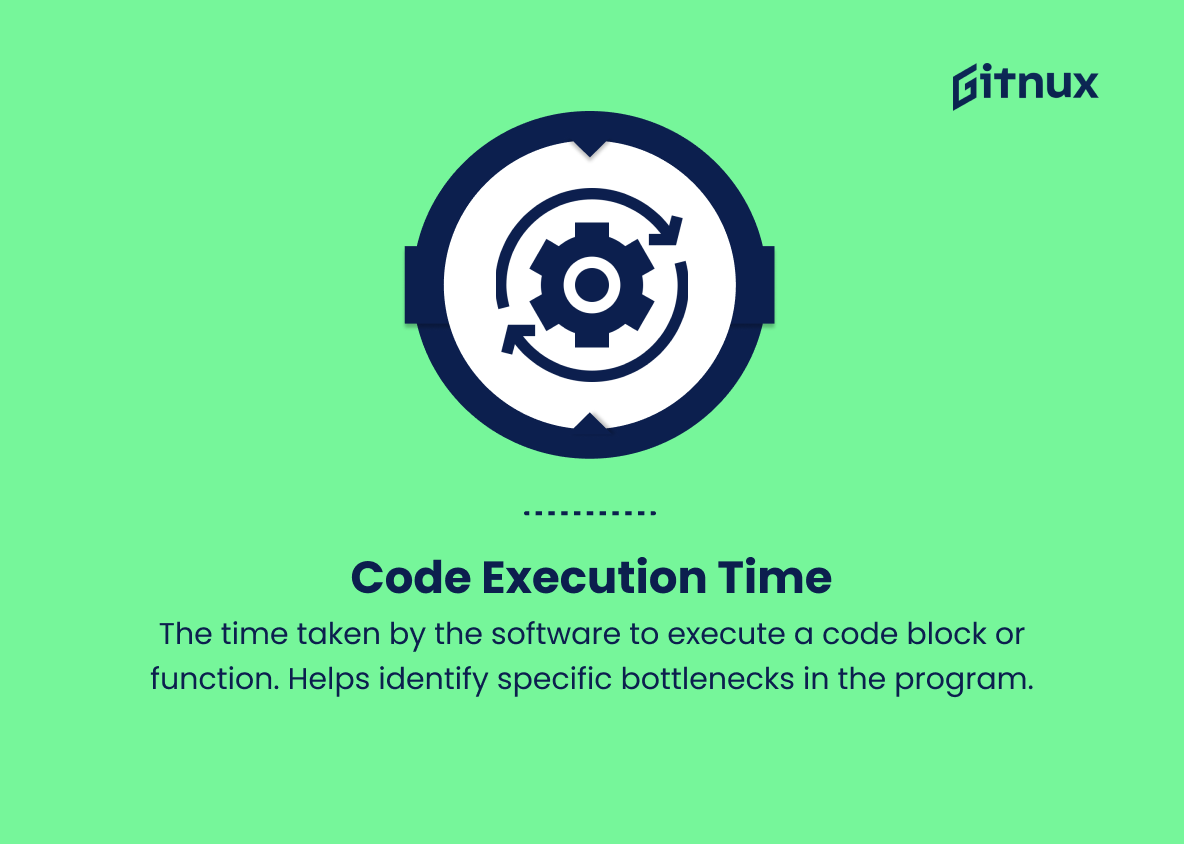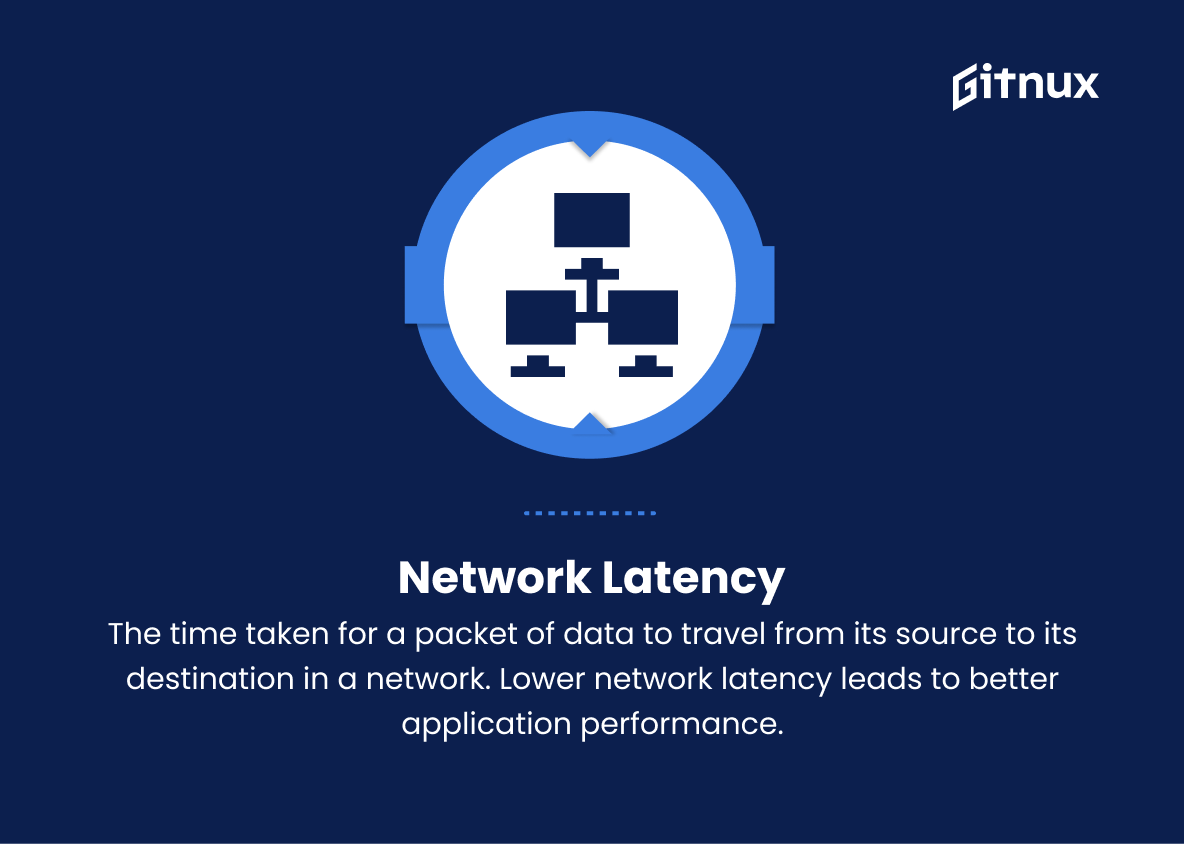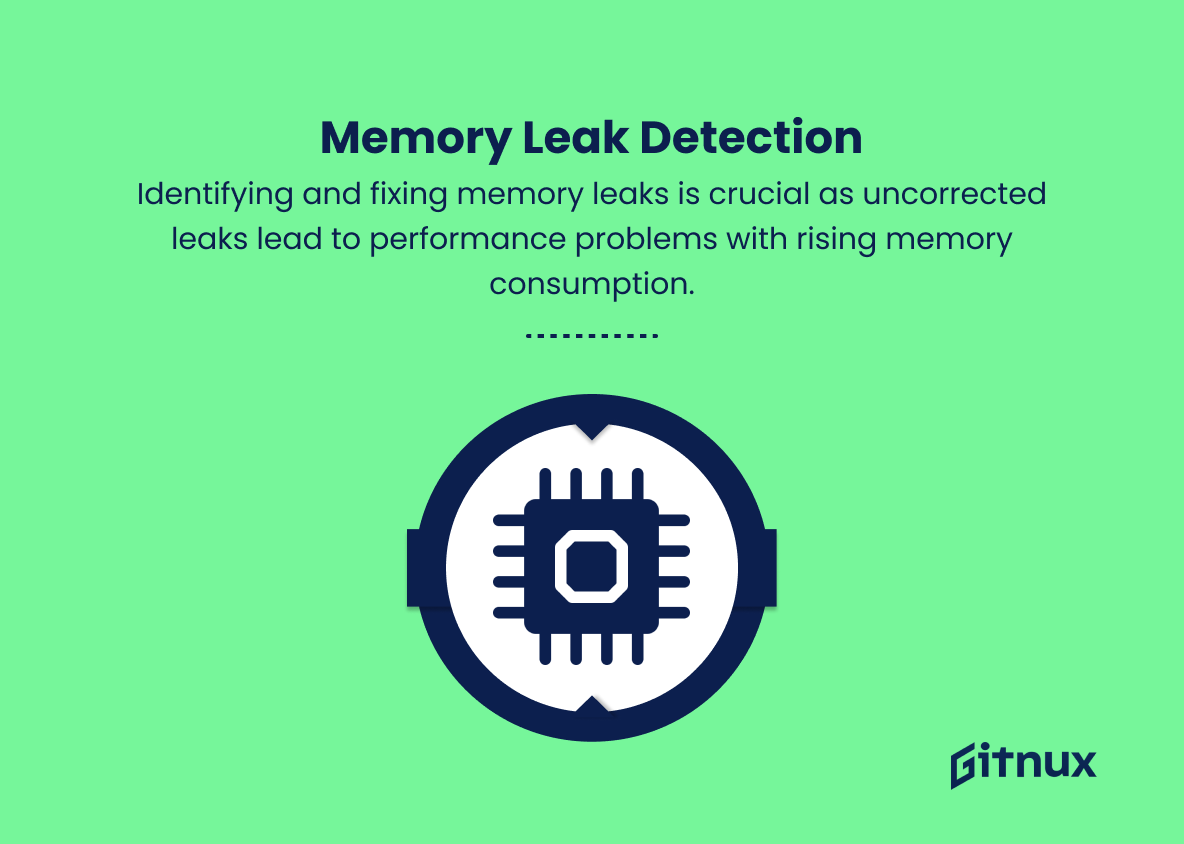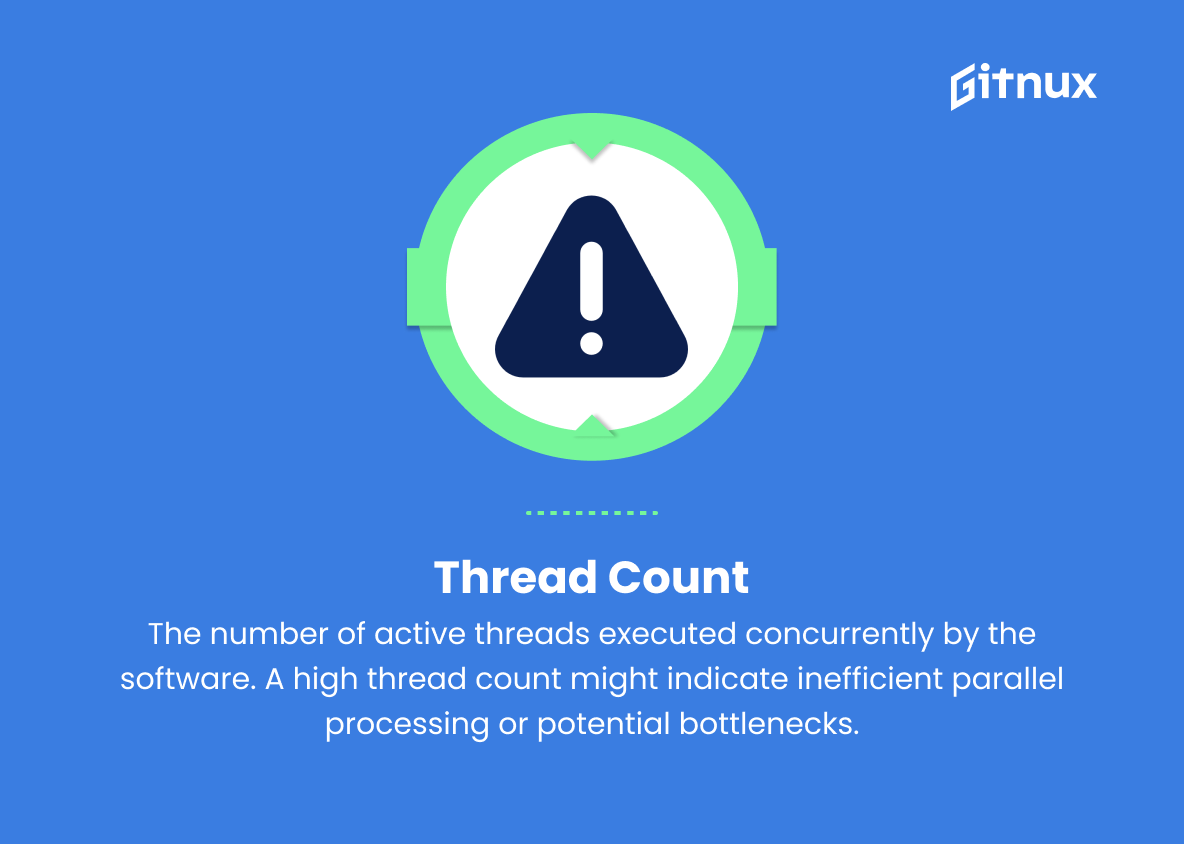In today’s fast-paced digital landscape, the effectiveness and efficiency of software applications play a critical role in the success of any business or organization. As developers and IT professionals strive to create high-performing software, it’s essential to understand and monitor the key performance metrics that inform us about the quality, responsiveness, and overall user experience of these applications.
In this enlightening blog post, we will delve into the world of software performance metrics, its significance, and its various components that need to be measured and analyzed to ensure optimal performance. Join us as we explore the fundamental concepts, methodologies, and best practices to help you enhance your software, drive customer satisfaction, and stay ahead of the competition.
Software Performance Metrics You Should Know
1. Response Time
The time taken by the software to respond to a user’s action or request. It is an essential metric for measuring user experience.
2. Throughput
The number of transactions or requests processed by the software per unit of time. It is an indicator of the system’s capacity and efficiency.
3. Resource Utilization
Measures how efficiently the software uses available resources like CPU, memory, disk space, and network bandwidth.
4. Availability
The percentage of time the software is accessible and functioning as expected. It is an essential metric for monitoring the reliability and stability of a system.
5. Error Rate
The number of errors or failures encountered during the execution of the software in comparison to the total transactions or operations performed.
6. Latency
The time difference between initiating a request for data and receiving the response. Low latency is preferred in real-time systems.
7. Scalability
The software’s ability to maintain optimal performance levels when the workload or number of users increases.
8. Apdex Score
Application Performance Index, a composite metric that combines response time, throughput, and error rate to provide a single score indicating how satisfied users are with the software’s performance.
9. Cache Hit Ratio
The percentage of requests served by cached data instead of fetching from the original source. Higher cache hit ratio indicates better performance and reduced resource consumption.
10. Garbage Collection Overhead
The amount of time spent by the garbage collector to free up memory or resources. A high overhead indicates potential performance issues and might require optimizing memory management.
11. Code Execution Time
The time taken by the software to execute a code block or function. Helps identify specific bottlenecks in the program.
12. Load Time
The time taken by the software to load or initialize its components, data, or assets. Faster load times contribute to better user experience and efficiency.
13. Network Latency
The time taken for a packet of data to travel from its source to its destination in a network. Lower network latency leads to better application performance.
14. Memory Leak Detection
The process of identifying and fixing memory leaks that occur when memory is not correctly released back to the system, causing significant performance problems as memory consumption increases.
15. Thread Count
The number of active threads executed concurrently by the software. A high thread count might indicate inefficient parallel processing or potential bottlenecks.
16. Database Query Time
The time taken to execute a database query or fetch data. Shorter query times lead to faster response times and better performance.
17. Service Level Agreements (SLAs)
A set of predefined performance thresholds that the software must meet as part of a contract between the software provider and the user. Monitoring SLA compliance ensures that the software meets the agreed-upon performance metrics.
Software Performance Metrics Explained
Software Performance Metrics play a crucial role in evaluating the efficiency, capacity, reliability, and user satisfaction of a given software. Response time measures the software’s ability to quickly serve users, whereas throughput evaluates its capacity to process multiple requests simultaneously. Resource utilization encompasses how effectively the software utilizes its available resources, and availability ensures its consistent operation. With error rate, latency, and scalability, the software’s potential setbacks, real-time performance, and adaptability are measured. The Apdex score serves as a composite metric for user satisfaction, while cache hit ratio assesses resource consumption efficiency.
Garbage collection overhead helps identify possible performance issues, and code execution time uncovers specific bottlenecks. Load time enhances user experience, and network latency evaluates the software’s performance in data transmission. Memory leak detection prevents performance degradation, whereas thread count ensures efficient parallel processing. Database query time contributes to response times, and SLAs guarantee that the software meets predetermined performance expectations. Overall, these metrics are critical when monitoring, analyzing, and optimizing software performance.
Conclusion
In conclusion, software performance metrics are crucial for understanding and optimizing the performance of any software system. By closely monitoring these metrics, software development teams can accurately diagnose issues, make informed decisions, and continuously strive for betterment.
While it’s essential to choose appropriate metrics for a specific software, it’s equally important to consistently assess their effectiveness and keep up with the ever-changing technology landscape. Thus, by giving due attention to software performance metrics, organizations can drive development efficiency, deliver superior user experience, and maintain a competitive edge in today’s fast-paced world of technology.
